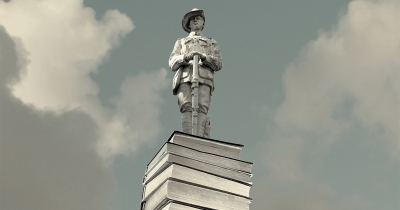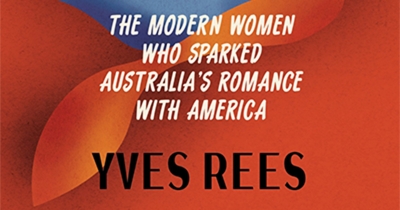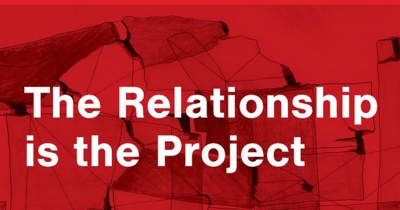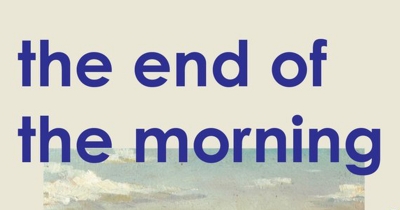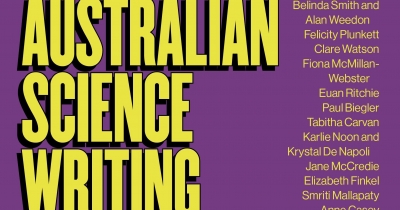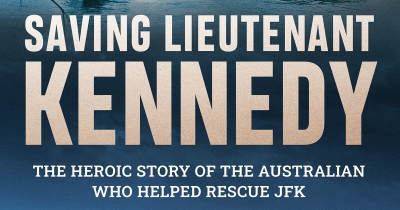NewSouth
Beyond the Broken Years: Australian military history in 1000 books by Peter Stanley
by Robin Gerster •
Travelling to Tomorrow: The modern women who sparked Australia’s romance with America by Yves Rees
by Kirsten Tranter •
John Büsst: Bohemian artist and saviour of reef and rainforest by Iain McCalman
by Anna Krien •
The Relationship Is the Project: A guide to working with communities edited by Jade Lillie and Kate Larsen with Cara Kirkwood and Jax Brown
by Astrid Edwards •
Hazzard and Harrower: The letters edited by Brigitta Olubas and Susan Wyndham
by Peter Rose •
Rogue Corporations: Inside Australia’s biggest business scandals by Quentin Beresford
by Stuart Kells •
The Best Australian Science Writing 2023 edited by Donna Lu
by Robyn Arianrhod •

